Sign up for workout ideas, training advice, reviews of the latest gear and more.

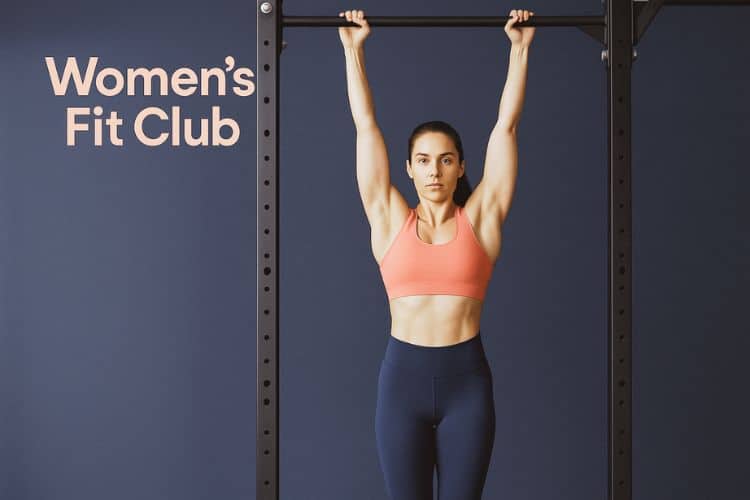
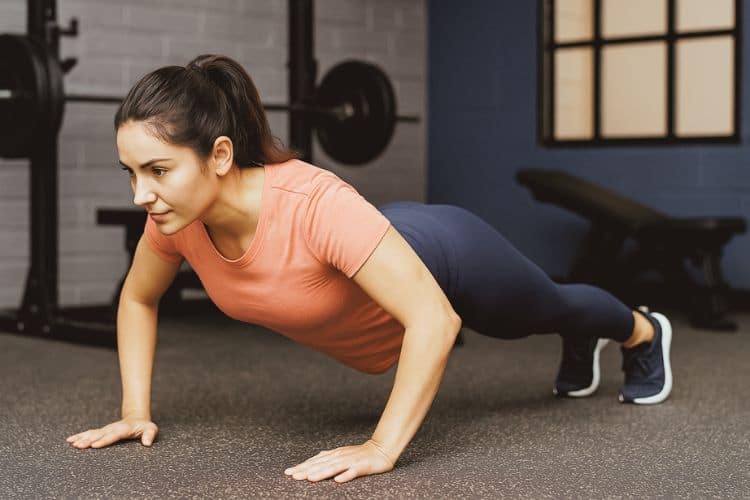
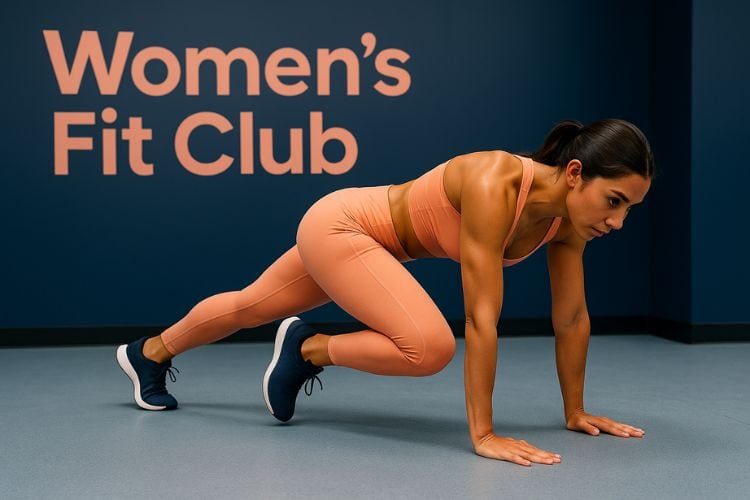
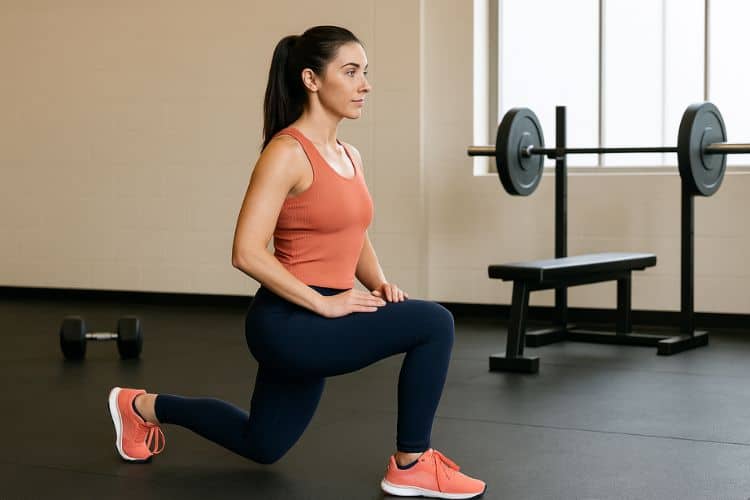
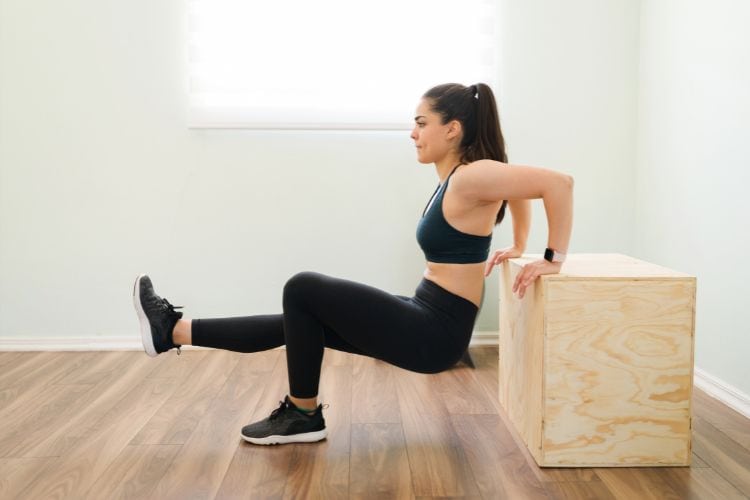
Triceps dips are a powerhouse upper-body movement that primarily targets the triceps but also engages the shoulders, chest, and core. When you add a single-leg variation, the workout intensifies, promoting greater muscle activation, balance, and core stability. In this guide, we’ll break down everything you need to know about single-leg triceps dips—benefits, proper form, variations, programming tips, and how to incorporate them into your workout for maximum results.
Single-leg triceps dips are a challenging bodyweight exercise that combines upper-body pushing strength with unilateral lower-body stability. In this variation, one leg is lifted off the ground while performing the traditional dip motion. This modification increases the difficulty of the movement, engaging the core muscles to a greater degree and enhancing total-body coordination.
The primary benefit of this exercise is stronger, more defined triceps. Each repetition targets the back of your upper arm, helping you build lean muscle and reduce flabbiness.
Lifting one leg forces your body to stabilize itself during the dip, recruiting your core to keep your hips aligned and your body balanced.
Single-leg movements challenge your balance and proprioception (body awareness), helping improve athleticism, mobility, and everyday functional movements.
While the triceps are the main focus, your shoulders and chest also assist in the movement, making it a compound upper-body strength builder.
One of the best things about single-leg triceps dips is that you can do them anywhere using just your body weight and a stable surface like a bench, chair, or box.
Keep elbows pointing backward to avoid shoulder strain and maintain triceps focus.
Engage your glutes and core to keep your hips lifted and avoid placing unnecessary stress on your shoulders.
Perform the dips in a controlled manner to activate the muscles effectively and reduce the risk of injury.
Aim for a 90-degree bend in the elbows to maximize muscle engagement.
Use two benches or boxes—one for your hands and one for your feet. Elevating your body increases the range of motion and adds intensity.
Place a weight plate or dumbbell on your lap for added resistance while performing the movement.
Use a resistance band looped behind your back or around your wrists to increase resistance during the press-up phase.
Alternate legs between reps or midway through the set to add a balance and coordination challenge.
Start with your hands on a bench and place your foot on the floor for a different range of motion and core involvement.
If single-leg dips feel too difficult, try these regressions:
2–3 times per week as part of your upper-body or full-body workout routine.
Rest for 30–60 seconds between sets. Keep rest minimal if you’re using this as part of a circuit.
Activate your shoulders, wrists, and triceps with dynamic stretches or light mobility work.
Quality reps yield better muscle engagement and reduce risk of injury.
Start with easier variations and build up to more advanced ones like weighted or elevated dips.
Cool down with triceps, shoulder, and chest stretches to enhance flexibility and aid recovery.
This exercise is ideal for:
Single-leg triceps dips are an incredible way to tone your arms, strengthen your core, and challenge your coordination—all without needing a gym. By combining stability, strength, and endurance, they offer a unique take on the classic triceps dip that’s both effective and accessible. Incorporate them into your training plan a few times a week, and you’ll quickly notice improved muscle tone, posture, and control.
Stay consistent, push yourself with progressions, and always prioritize good form. Whether you’re building an at-home workout or looking to spice up your upper body training, single-leg triceps dips deserve a place in your fitness routine.
Stay up to date on the latest women’s health, fitness and lifestyle trends and tips.